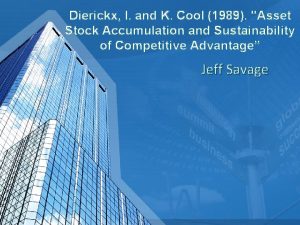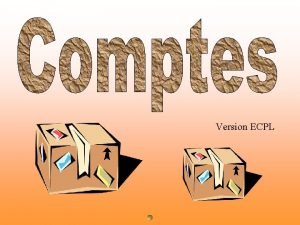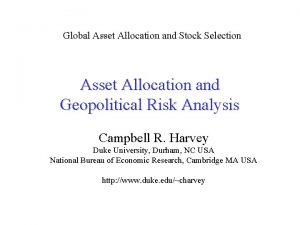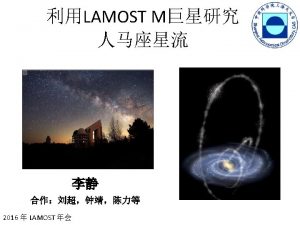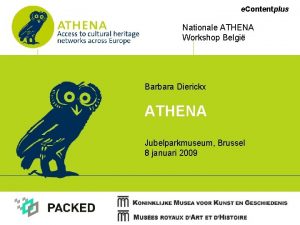Dierickx I and K Cool 1989 Asset Stock








- Slides: 8

Dierickx, I. and K. Cool (1989). "Asset Stock Accumulation and Sustainability of Competitive Advantage” Jeff Savage

Road Map 1. Discuss some limitations inherent in the concept of ‘strategic factor markets. ’ 2. Put forward a complementary framework based on the notion of Asset Stock Accumulation 3. Develop Guidelines for assessing the sustainability of a firm’s competitive advantage. 4. Discussion

Incomplete vs. Imperfect Factor Markets • Not all required assets can be bought and sold – Reputations – Customer Loyalty • These are goods which have real economic value but are not commodities for which trade exists • Successful strategy often requires highly firm-specific assets – Williamson 1979 - this idiosyncratic nature precludes their tradeability on open markets

Accumulation of Asset Stocks • These nontradeable assets mush be built or established over time – Reputation for quality may be built by a consistent set of standards over time • Thus, strategic asset stocks are accumulated by choosing the appropriate time paths of flows over a period of time

Sustained Competitive Advantage • Sustainability of a firm's privileged asset position hinges on how easily it can be replicated (and/or substituted). • The imitability of an asset stock is related to the characteristics of the process which creates it. • A few characteristics: – – – Time Compression Diseconomies Asset Mass Efficiencies Interconnectedness of Asset Stocks Asset Erosion Causal Ambiguity

Barriers to Imitation • TCDs- you can’t accumulate a decade of knowledge in a year • AMEs-success breeds success; firms with a stock of R&D know-how are more likely to make the next breakthrough. • IAS-the difficulty of building a stock is related to low initial levels of other complementary stocks • AE-Depreciation; lower levels of decay (i. e. in loyalty, networks, capacity, etc. ) make it much harder for someone to catch up! • CA-Different firms try their fortunes on different slot machines; it is sometimes difficult to identify all of the relevant variables (much less control them)

Discussion • It is often said that only ‘nontradeable’ resources can produce a competitive advantage. Do you agree? • What’s the cost of engaging in the nontradeable resources? • Is the ‘stock and flow’ analysis simply another way of saying that strategic factor markets are imperfect?

Conclusion • The core argument is that Barney’s paper was mainly concerned with creation of competitive advantage, but the authors want to supplement some arguments to help explain the sustainability of competitive advantage. • It is about accumulation! – This is how the concepts of stock and flow come into play.
